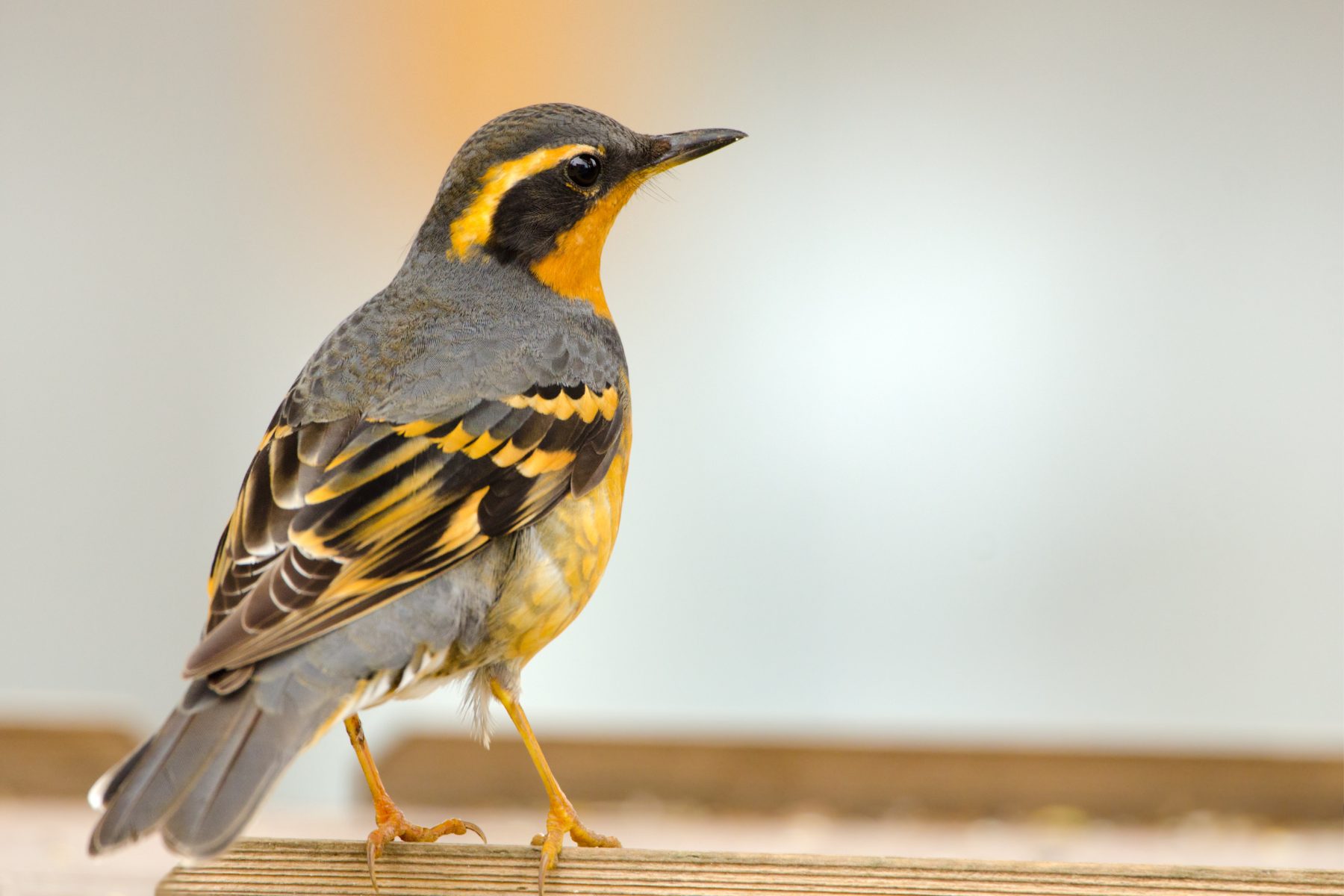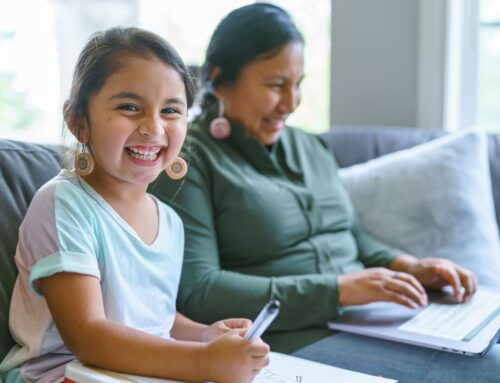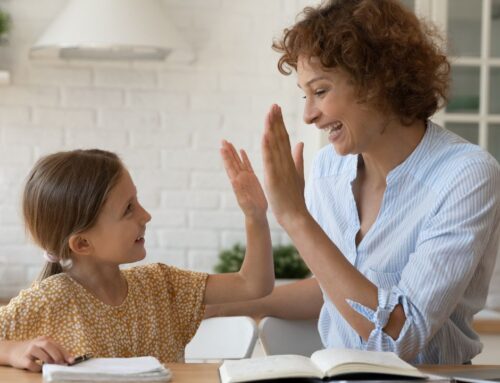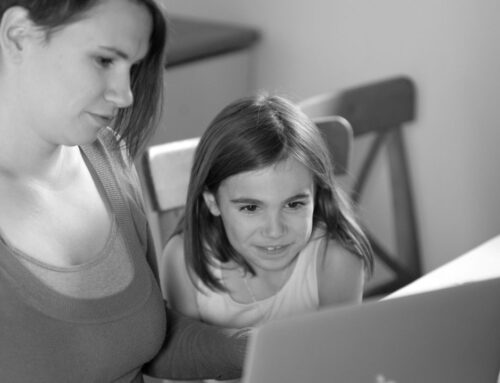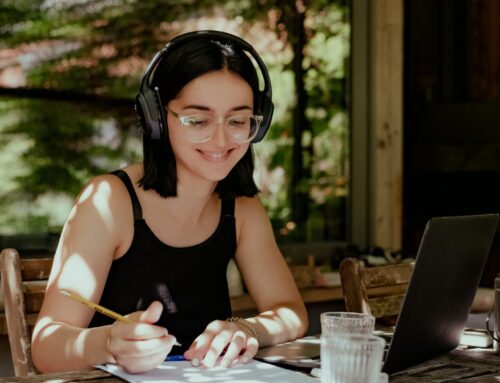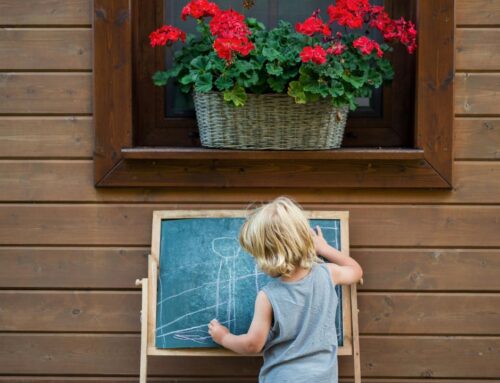SelfDesign educator and former Indigenous Education Facilitator Patricia Collins considers herself a person who has a fairly good understanding of ecology and how natural systems work on land and in water. She is a birder and a naturalist. She has a Bachelor’s degree in science and used to work as a geotechnician, combining ecology and geology for the purpose of determining the status of landscapes before and after reclamation, assessing the potential of an area’s geology for mineral resource extraction, and undertaking related plant and animal surveys.
But, she says, she realized her Western science education was incomplete when she spent time last summer with Indigenous elders and knowledge keepers of the Syilx Okanagan peoples on their traditional territory in the B.C. Interior.
On the morning in question, as rain showers pelted the surrounding forest, one of the elders asked Patricia about what happens when the rain stops.
“Well, the birds start singing,” she said. When she worked in geoscience, one of her responsibilities had been to identify and record the presence of birds through their calls, and then prepare reports on what species were found where and in what numbers in an area. Waiting until just after a rainstorm to do the bird-call surveys allowed her to hear many birds in a short period of time.
But that morning, the elder suggested she listen deeply.
The rain stopped, and the birds indeed started singing.
The elder said, “Keep listening.”
The rain started again; the birds stopped. The rain stopped; the birds started.
“Keep listening,” he said.
The rain started; the birds stopped. The rain stopped, and they started singing.
But this time, for the first time that morning, Patricia also heard the distinctive call of the Varied thrush, a robin-like bird with a piercing three-note song.
Patricia says she learned that morning that the Varied thrush is known among Indigenous knowledge keepers as “the bird who sings only when the rain stops for good.”
“Those first two times, all the other birds came out and started their songs,” she says of that day. “And so now this one Varied thrush was singing at the top of its lungs. And I was like, ‘Oh my gosh, so there’s only one bird that actually gets it right.’ Every single time when you hear that bird, you know the rain is really going to stop.”
Land-based learning and Indigenous science
Patricia shared this story of her own journey towards better understanding Indigenous ways of seeing and being on the land and learning from the land recently with other SelfDesign educators. She was leading a professional development conversation about land-based learning as part of SelfDesign’s Lunch and Learn series.
“Land-based learning is different than place-based learning,” she says. “With place-based learning, we’re deepening our knowledge of this contextualized place that we call ‘home’ – and that could be from our backyards, to our communities, to our province, to our nation, to even the broader scope, the planet.”
With land-based learning, she says, it’s not just about “learning about the place – although that’s a huge component – it’s pushing the ‘pause’ button to just sit in wonder and to observe and reflect and to ask a few questions about what we see… and to take the opportunity to learn from that and allowing the land to be our teacher.”
Land-based learning is what she experienced that morning last summer with the rain and the birds and her friend and teacher, the Indigenous elder.
About 10 other educators participated in the Lunch and Learn conversation, where Patricia introduced the framework and principles embodied in the land-based approach to learning. Focusing specifically on why it is necessary and how it can align with the personal, educational, and community commitments to reconciliation, she highlighted strategies to support educators and families and shared resources for further education.
Together, the conversation participants reflected on Indigenous science – called traditional ecological knowledge – as a perennial wisdom tradition that has much to teach western science, and on how both Indigenous, land-based science and Western science can be used together to strengthen ecological and governmental policies that respect and sustain the environment.
Lunch and Learn: Conversations to share insights and experiences on the journey towards reconciliation
SelfDesign’s Lunch and Learn series is a free professional growth opportunity offered to all SelfDesign contractors and educators as part of our commitment to help our community deepen their understanding and awareness of the First Peoples’ Principles of Learning and the journey towards reconciliation.
Held at the end of March, the conversation that Patricia led was the third conversation in this learning year’s series, which was inspired by workshops and discussions presented last November at IndSpire’s National Gathering for Indigenous Education.
Indspire is an Indigenous national charity that invests in the education of Indigenous people. Every fall, its national gathering provides educator-led workshops that allow their peers to refresh and renew their passion for teaching by meeting other educators and learning more about best practices in Indigenous education.
“We sponsored a team of 10 educators from SelfDesign to attend IndSpire to find ways to strengthen the learning experiences of Indigenous students and further the dialogue about reconciliation in our organization,” says SelfDesign Learning Community Principal Catherine Dinim. The varied group who attended was made up of learning consultants from kindergarten to grade 12, learning specialists for grades 10 to 12, and curriculum design and educational support team members. “Those educators have since been leading Lunch and Learn conversations to talk about what they learned and share those learnings with others in SelfDesign who didn’t go to the conference.”
She calls the approach to the series “an investment in our educator community and in the organization’s commitment towards reconciliation. It’s that idea of investing in and connecting with new ideas and inspirations and sharing them on.”
Rounding out the series for the year was a discussion with Gitxsan Elder Michael Harris. Michael has shared his culture and wisdom with our learners and educators at camps, commencement ceremonies and other events over many years, and we are grateful for his continued generosity as we move forwards and advance reconciliation.
How we work to advance reconciliation
Our Lunch and Learn series is just one way in which we seek to integrate, strengthen and deepen Indigenous culture and perspectives in the SelfDesign experience.
We work to integrate the First People’s Principles of Learning into all that we do. We carefully curate authentic resources to help learners explore and understand Indigenous ways of being, seeing and knowing. We provide grants for Indigenous learners to connect with and learn about their cultures and languages. We offer learners opportunities to connect with Indigenous Elders, traditional knowledge keepers, Indigenous educators and each other.
These and all of our other efforts are driven by the recommendations put forward in 2017 by SelfDesign’s Indigenous education task force, which included a First Nations elder, a First Nations SelfDesign parent and learner, and SelfDesign Indigenous educators.
To read about other Indigenous Education activities, opportunities and resources we offer, please visit our Indigenous Education webpage.

